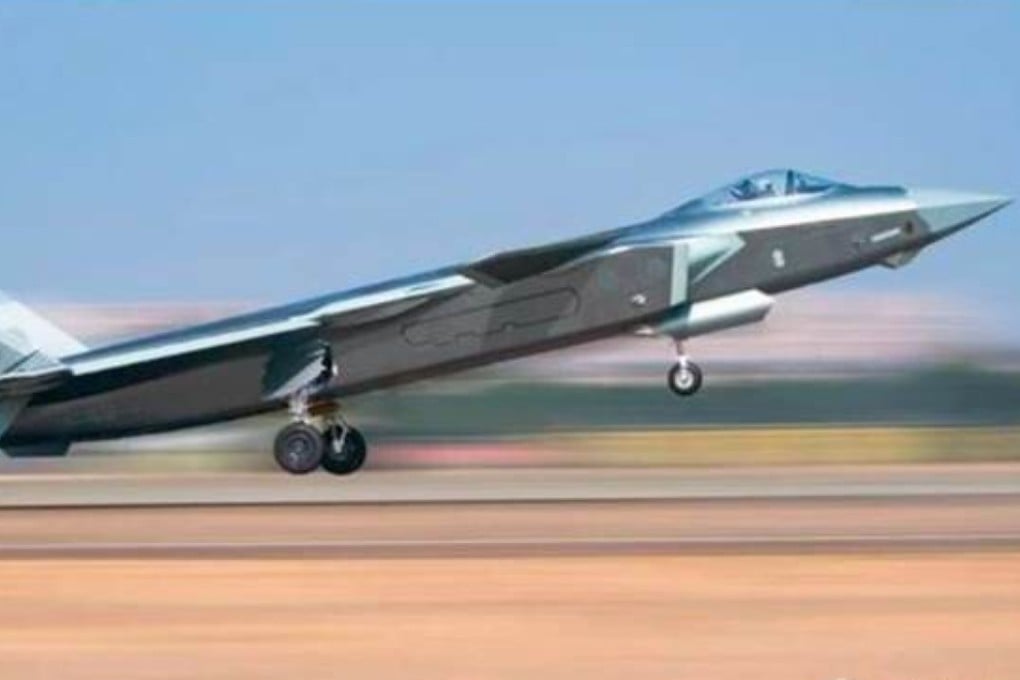Advertisement
China military’s landmark J-20 stealth fighter started a decade of modernisation
- The fifth generation jet’s maiden flight shocked the world and changed the regional balance of power
- Its development heralded a wave of advanced home-grown hardware, from aircraft carriers to hypersonic missiles
Reading Time:3 minutes
Why you can trust SCMP
72

China’s “Mighty Dragon” – the J-20 stealth fighter – changed the regional balance of power when it was unveiled 10 years ago and represents a decade of modernisation for the country’s military.
Its maiden flight, on January 11, 2011, shocked the world, which had no warning that China was about to become the second country – after the US – to develop an advanced fifth-generation fighter with stealth and supersonic cruise capabilities, as well as super manoeuvrability and super avionics.
The Chengdu J-20 came as a particular surprise to then US defence secretary Robert Gates, who was meeting former Chinese president Hu Jintao in Beijing when the news was announced. Hu assured him the timing was little more than coincidence.
Advertisement
“The J-20 was the first possession of the PLA comparable to the most advanced US equipment. It was also the first with air superiority that could pose a threat to the Americans,” said military commentator Song Zhongping. “It was, for sure, shocking news and also inspiring to the Chinese.”
The J-20’s design benchmarked Lockheed Martin’s F-22 Raptor, developed for the US Air Force. Both are single-seat twin-engined craft of similar length, wingspan and weight. They also share a flight ceiling of 20km (12.4 miles) and a maximum speed of Mach 2.
Advertisement
Advertisement
Select Voice
Choose your listening speed
Get through articles 2x faster
1.25x
250 WPM
Slow
Average
Fast
1.25x